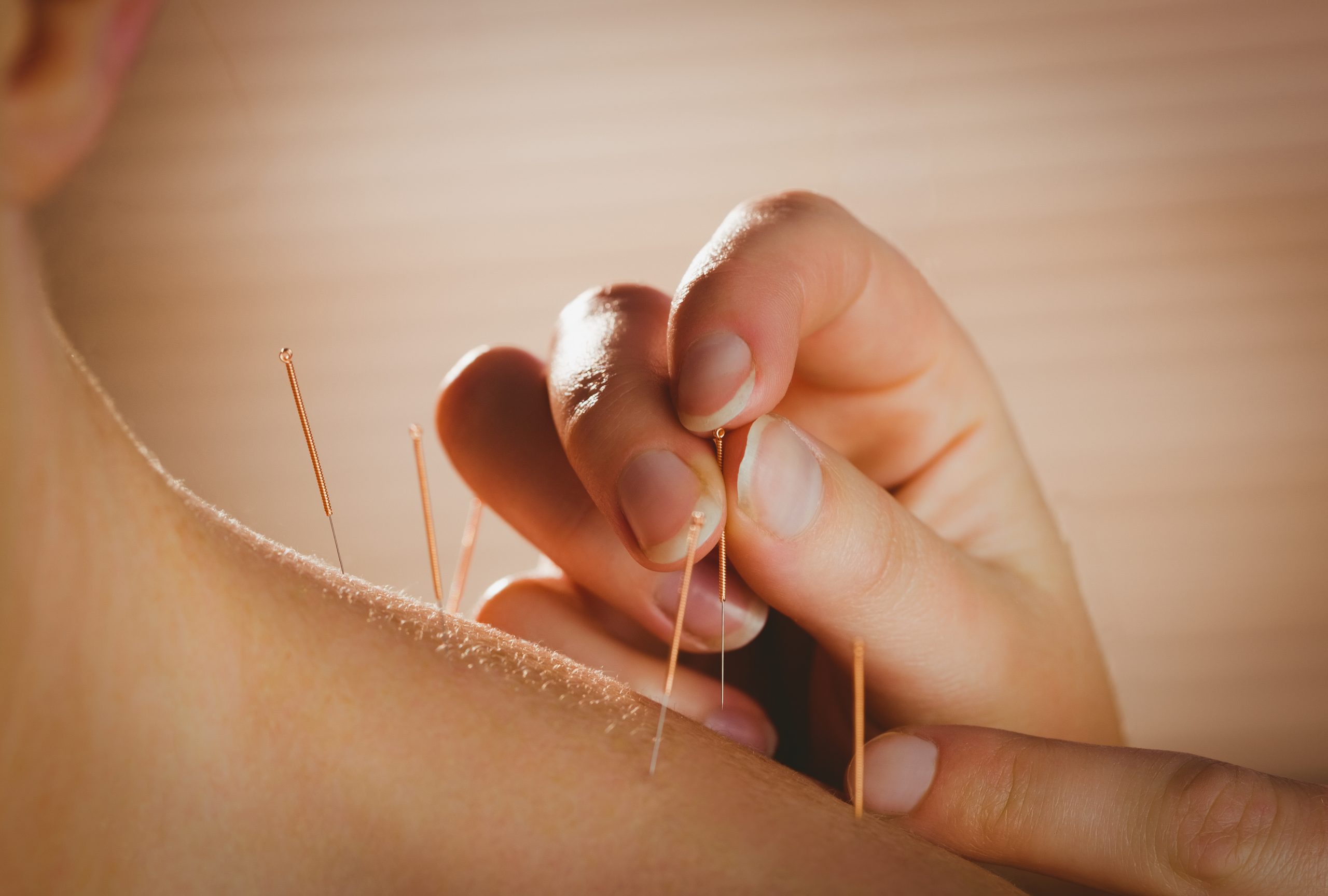
Acupuncture, a cornerstone of Traditional Chinese Medicine, has been practiced for thousands of years. Its enduring appeal stems from its ability to treat various ailments without the use of medications. As this ancient healing art has evolved, seven types of acupuncture have emerged, catering to diverse health needs. In this article, we will unravel the different acupuncture types and what sets each of them apart.
- Traditional Chinese Acupuncture
At the heart of the vast tapestry of acupuncture techniques is Traditional Chinese Acupuncture. Based on the principle of Qi (life force energy) and the balance of Yin and Yang, this approach involves inserting fine needles into specific points (meridians) on the body. The aim is to correct any imbalances in the flow of Qi, which, according to ancient Chinese belief, leads to disease and discomfort.
- Auricular Acupuncture
This method focuses solely on the ear, which is seen as a microcosm of the entire body. Practitioners insert needles into various points on the ear to address ailments elsewhere in the body. Auricular acupuncture is particularly known for its effectiveness in treating addiction, mood disorders, and pain.
- Electroacupuncture
A modern twist on the age-old practice, electroacupuncture involves applying a small electrical current to the needles once they are inserted. This provides continuous stimulation to the acupoints. It is often used to enhance pain relief, especially in cases of neurological disorders or stubborn chronic pain conditions.
- Japanese Style Acupuncture
While rooted in Traditional Chinese principles, Japanese style acupuncture differs in its approach. The needles used are thinner, and the insertion is more superficial. There is a heightened emphasis on touch and palpation to locate the meridians. Sensing the flow of energy is crucial in this method, and practitioners spend years mastering this tactile skill.
- Korean Hand Acupuncture
Much like auricular acupuncture focuses on the ear, Korean hand acupuncture zeros in on the hand as a reflection of the entire body. By stimulating specific points on the hand, various ailments in the broader body can be treated. It is a convenient method, especially for those squeamish about having needles inserted all over their body.
- Scalp Acupuncture
The head, with its numerous nerve endings and connection to the central nervous system, is the focal point in scalp acupuncture. Needles are inserted into specific zones on the scalp to treat neurological conditions, pain, and even psychological disorders. Given its direct connection to the brain, it can produce swift results.
- Acupressure
Though not a direct form of acupuncture, acupressure deserves a mention. Instead of needles, fingers, palms, or specialized devices are used to apply pressure on acupoints. It harnesses the same principles of energy balance and flow but offers a needle-free alternative for those apprehensive about the traditional method.
Comparing Acupuncture to Other Modalities
While understanding the different types of acupuncture is insightful, it is also helpful to discern its relation to other therapeutic practices. Dry needling, for instance, resembles acupuncture but targets muscular trigger points instead of traditional acupoints. Its primary focus is on relieving muscle tension and pain rather than balancing Qi. On the other hand, acupressure and massage address similar systems as acupuncture but use tactile stimulation instead of needles.
The vast realm of acupuncture offers an array of techniques tailored to varied needs. Whether you are seeking relief from chronic pain, battling stress, or aiming for holistic well-being, there is likely an acupuncture type best suited to your requirements. Always consult with a licensed practitioner who can guide you on the best approach and ensure a safe and effective treatment experience.